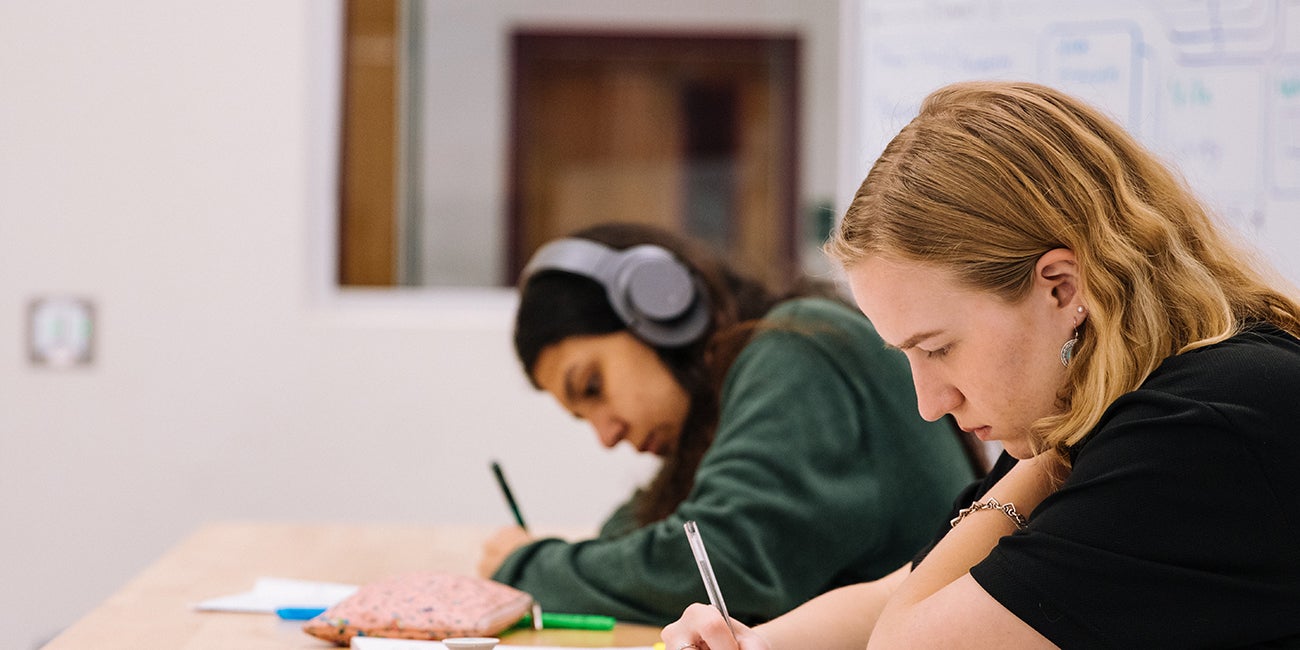
Cassie Koerner is the Assistant Director of the CAES Energy Policy Institute at Boise State University. Ms. Koerner’s field of inquiry includes energy and natural resource socio-technical systems, as well as improving integration of formal and informal knowledge networks.

Kathy Araújo is the Director of the CAES Energy Policy Institute and Associate Professor of Sustainable Energy Systems, Innovation and Policy with the School of Public Service, based at Boise State University. She focuses on energy system change, including low carbon transitions, resilience and innovation systems.

Tais Mitchell graduated from Boise State University with a bachelor’s degree in mechanical engineering and is pursuing a master’s degree in mechanical engineering at the University of Idaho in Boise. He is currently working as a graduate research assistant with a primary research focus on cellulosic 3D printing for modular building assemblies with residential and light commercial applications. Outside of his studies, Tais enjoys skiing, hiking, and general outdoor recreation.

Haydn Bryan is a nuclear energy economist at Idaho National Laboratory, working primarily on technoeconomic analyses of incipient technologies including nuclear microreactors, hydrogen production via electrolysis, and integrated energy systems. Haydn holds a Bachelor of Arts and Master’s degree in Economics from Boise State University. When he’s not working or studying, Hadyn enjoys running and cycling in the greater Boise area.

A driving focus in education is innovating everyday curriculum to prepare students for the real world. If you follow the headlines, you know that energy is more visible in Western states’ decision-making these days. Yet many of us who live in a state like Idaho, where some of the lowest cost and cleanest electricity is used in the country, may not know what’s included in the choices that we’re making and why this matters. One way to address these gaps in understanding is to focus on how we educate students about energy.
Energy training and education are key to ensuring we can have informed discussions across every age group about our energy sources and infrastructure. Effective energy education empowers students to make political, technical, and socially-informed decisions about their homes and communities.
We explored this locally in Idaho.
How Can Energy Bridge Education Priorities?
Critical thinking and technical skills are foundational capabilities that are key for today’s successful workforce. Early education in energy and the environment trains students in these core competencies that empower the students to make political, technical, and socially-informed decisions about their homes and communities. Research suggests that knowledge of energy topics helps create better global citizens, regardless of career path. Going further, studies of student training in energy show how the understanding of concepts and the systematic organization of information can be developed with energy course work across topic areas. However, those who teach science know there is no one-size-fits-all approach.
Increasingly, there is a sense that teachers’ attitudes about science can impact how it is communicated in the classroom. These feelings may affect students’ enjoyment of the subject. While teacher training is a proposed solution, alternative views suggest that this is not the complete answer. Instead, sustainable improvements will only come if teachers develop more positive attitudes toward science. As scientific knowledge and attitudes improve, confidence and teaching will also improve.
In K-12 science writing, a benefit of teaching energy is seen in the way that students learn the topic from varying subjects used to explain similar concepts. This idea inspired our team to consider the status of K-12 energy education in Idaho. We did so by asking teachers how they cover energy in their classes and how they could improve that in new ways.

What Did Idaho Teachers Tell Us?
Our research team surveyed Idaho teachers about current resources, teaching materials, plus challenges and opportunities for improving energy education in Idaho schools. In March and May 2020, we surveyed around 2,500 K-12 teachers in Idaho by email, with nearly 600 responding.
Here’s what we learned. The most commonly taught subjects that included energy-coverage were science, math, reading and social studies. Science basics, environmental aspects of energy, practices or behaviors in energy use, and renewable energy are the most frequently covered energy topics across all grades. Teachers reported using information from iStem, Khan Academy, and a local power company to teach students about energy. We also discovered that instructors use Mystery Science, Foss Science Kits, Teachers Pay Teachers plus many other online sources to instruct on energy topics.
When asked about challenges in teaching energy topics, over half the teachers identified time as the primary impediment. The remaining list of concerns for both urban and rural teachers showed similar response trends, with the difference between the two groups being minimal. Urban teachers reported difficulty finding age-appropriate relevant resources as their secondary concern, and rural teachers reported knowledge of the subject area as theirs. These concerns were followed closely by lack of linkages to curriculum and limited funding to create meaningful experiences. Interestingly, not many mentioned a lack of personal interest as a barrier and only about five percent reported experiencing no challenges.
We also learned there are significant differences between rural and urban schools in their use of these resources and across age groups, which provide good bases for a follow-up study. Khan Academy, utility tools, and iSTEM are resources which rural schools utilize more across age groups. This level of use was not reported by urban schools, except for the utility tools. Our statistical analysis showed strong relationships between science subjects and energy resources, such as Khan Academy, PhET, Stem Rising, and KidWind; math subjects and the same energy resources; as well as between science and math. Teachers reported a larger variety of resources being used in rural schools versus urban schools in the survey. In general, the diversity of resources increases as the children age.
What Policy Options Are Possible?
Our work focused attention on the need to develop energy curriculum for K-12 instructors that extends from kindergarten through to graduation. We identified a strong need for content that does not burden teachers in terms of their time for preparation or teaching. This is a tall order since curriculum, instruction, and review practices vary across school districts. In talking through the findings, we outline the following options to address some of these concerns.
- Build an informal network connecting teachers across the state and available energy professionals to share lessons, reference material, and success stories, as well as to ask questions.
- Create a state-wide consortium to design grade-specific resources on energy that incorporate age-appropriate information on scientific concepts as well as on everyday topics as a crosscutting concept. Such resources could include books, podcasts, online resources, and tactile activities.
- Identify regional specialists willing to teach and provide demonstrations in classrooms or in video presentations. Pinpoint region-specific opportunities for educational fieldtrips to locations such as wind farms, solar arrays, geothermal plants, hydroelectric dams, or historical sites.

What Does this Mean for Energy Education?
Our proposed policy options take a new approach to addressing several common policy shortcomings in education, such as limits to government funding, emphasis on standardized testing, and community involvement in education. These recommendations aim to improve how available funding, human capital, and community partnerships can provide the best energy and science education to Idaho schools. These findings come at a time when problem-solving and resourcefulness have become vital for teachers to communicate with students in new and dynamic ways.
We learned that teachers have a common interest in building more partnerships to reduce barriers in how energy topics are introduced across subjects and at all levels of education. We envision the building of a coalition of experts, educators, and administrators to identify teaching resources, to create curriculum, and to supply community resources. In addition, a statewide network would provide up-to-date information on a rapidly changing subject area, and supply a playing field for teachers to ask questions directly to energy experts. These questions could respond to topics dealing with resilience, the environment, and technology in Idaho or more broadly.
Developing a solid energy curriculum beginning with kindergarten and then carrying it through to high school provides many benefits. Energy is a crosscutting concept in science, which appears in physics, biology, chemistry, earth science, engineering, health, and many other topic areas. Studying these subjects is essential for students to learn critical thinking, problem-solving skills, and the mapping of connections between systems. These skills are key to careers in science, technology, engineering and math (STEM) and provide a foundation to critically evaluate the claims of others. Not only will students with a strong grounding in energy education become good global citizens, they will be better equipped to add value to Idaho’s energy choices and economy by filling important engineering, tech and environmental jobs.